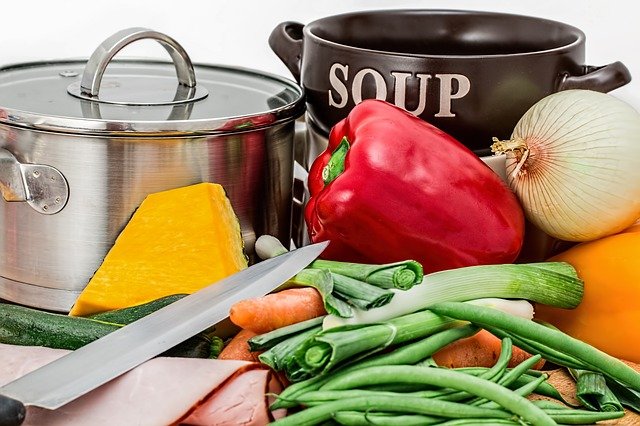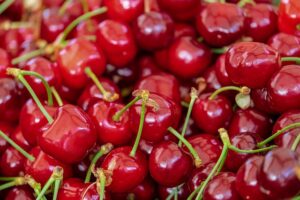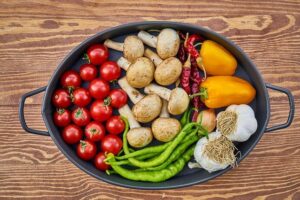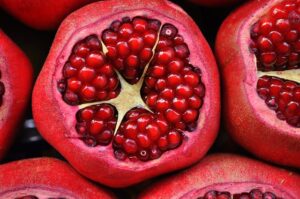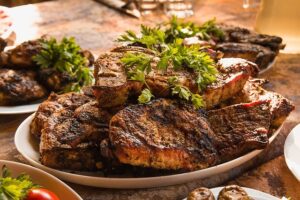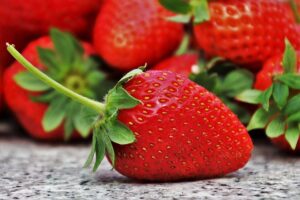Introduction
When it comes to maintaining a healthy diet, protein is an essential nutrient that plays a crucial role in various bodily functions. But have you ever wondered what 100g of protein actually looks like? In this article, we will explore the different sources of protein and provide a visual representation of what 100g of protein might look like in terms of common food items.
Sources of Protein
Protein can be obtained from both animal and plant sources. Animal-based protein sources include meat, poultry, fish, eggs, and dairy products. Plant-based protein sources include legumes, nuts, seeds, tofu, and certain grains. The protein content can vary among different sources, so it’s important to consider the nutritional information of specific foods.
Animal-Based Protein
Meat: Lean meats such as chicken breast or turkey breast contain approximately 25g of protein per 100g serving. This means that 100g of cooked chicken breast would provide you with the equivalent of four servings of protein.
Fish: Fish is another excellent source of protein. For example, a 100g serving of salmon contains around 20g of protein. This means that 100g of salmon would provide you with the equivalent of five servings of protein.
Eggs: Eggs are a versatile protein source. One large egg contains approximately 6g of protein. So, 100g of eggs would provide you with the equivalent of around 16-17 servings of protein.
Dairy Products: Dairy products like Greek yogurt and cottage cheese are also high in protein. A 100g serving of Greek yogurt typically contains around 10g of protein, while the same amount of cottage cheese provides around 11g of protein.
Plant-Based Protein
Legumes: Legumes such as lentils, chickpeas, and black beans are excellent sources of plant-based protein. A 100g serving of cooked lentils contains around 9g of protein, while the same amount of cooked chickpeas provides approximately 8g of protein.
Nuts and Seeds: Nuts and seeds are not only packed with healthy fats but also contain protein. For example, a 100g serving of almonds contains around 21g of protein, and the same amount of chia seeds provides approximately 17g of protein.
Tofu: Tofu is a popular plant-based protein source, especially among vegetarians and vegans. A 100g serving of tofu contains around 8g of protein.
Combining Protein Sources
It’s important to note that most foods contain a combination of macronutrients, including protein, carbohydrates, and fats. So, when considering your protein intake, it’s beneficial to combine different protein sources to ensure a well-rounded diet.
For example, a meal consisting of 100g of cooked chicken breast (25g protein), 100g of lentils (9g protein), and 100g of almonds (21g protein) would provide you with a total of 55g of protein. This combination of animal and plant-based protein sources ensures a diverse range of amino acids, which are the building blocks of protein.
Conclusion
In conclusion, 100g of protein can be obtained from various sources, both animal-based and plant-based. The protein content varies among different foods, so it’s important to consider the nutritional information and combine different protein sources for a well-rounded diet. By incorporating a variety of protein-rich foods into your meals, you can easily meet your daily protein requirements.
References
– National Institutes of Health: https://www.nih.gov/
– United States Department of Agriculture: https://www.usda.gov/

